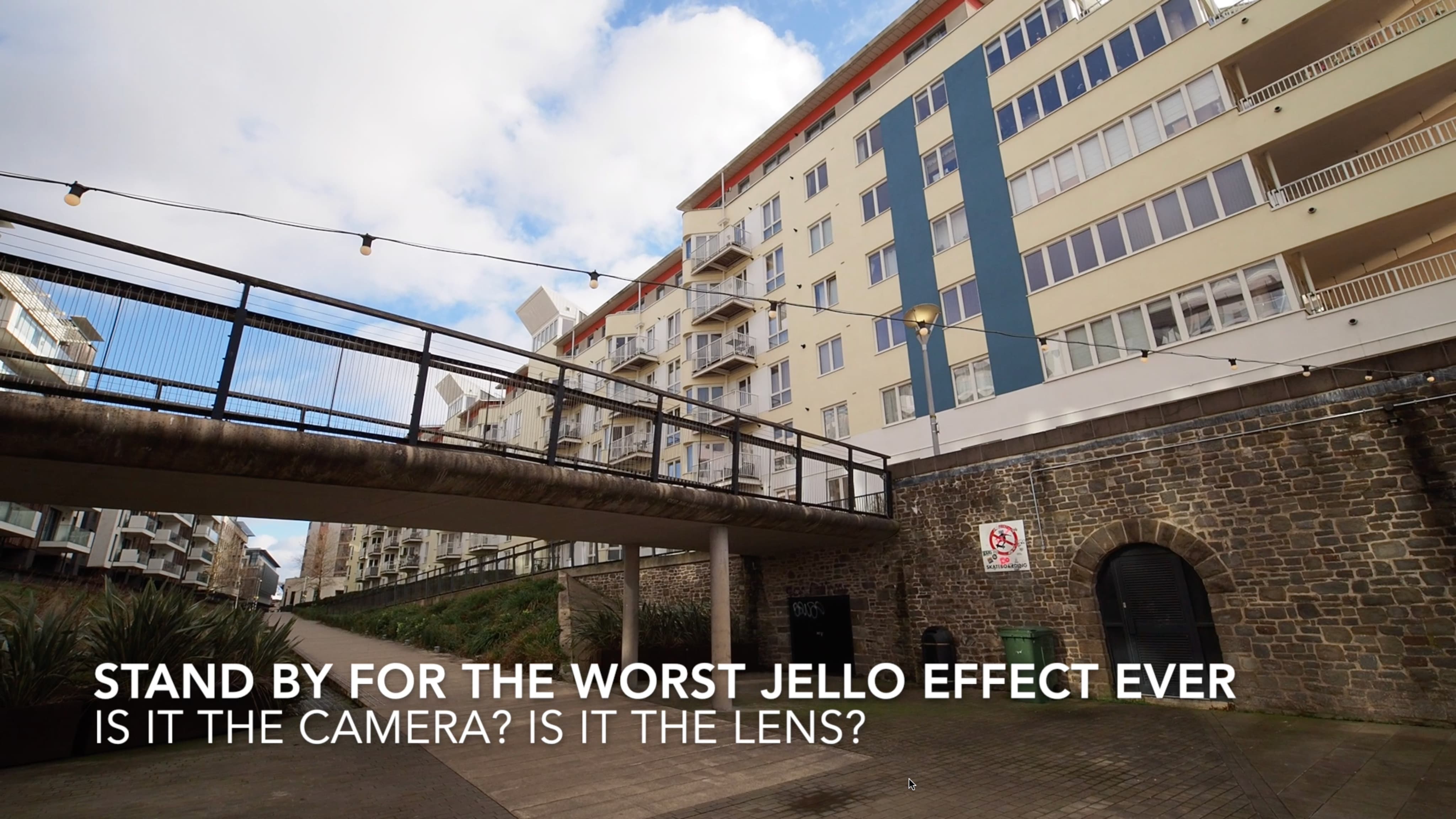Why digital image stabilization is better than you think – until this happens
Digital image stabilization (DIS) can be just as good as optical stabilization, but when it goes wrong, it really goes wrong

Digital image stabilization was treated with scorn back in the days when it was built into point and shoot cameras too cheap for the real thing. Digitally sharpening a still image that's blurry is never going to work out well.
But digital image stabilization in video is very different, a lot smarter and has a solid technical basis. With digital image stabilization for video, the camera is not trying to sharpen blurry detail – it's checking each frame in the sequence and shifting them minutely (or bigly, with really shaky footage) so that they line up. All those frame-by-frame jitters even out surprisingly well.
The camera needs a little room for manoeuvre when it does this, which is why DIS modes come with a crop factor. It's the same if you use DIS in video editing software – the same process, the same mild crop factor.
So what could go wrong?
This. I was testing the new Loawa 6mm T2.1 cine lens on my Olympus OM-D E-M5 III and I thought what better way to show off the distinctive and dramatic perspective shifts of an ultra-wide lens with a little run-and-gun clip under an urban walkway.
I am without a doubt the world's worst handheld shooter and I forgot to bring a gimbal, so I was putting a lot of faith in the camera's (extremely good) IBIS. What I didn't do was switch off the DIS, which is enabled by default.
So what's the problem? Well, the IBIS was fine. It shifts the sensor to counteract any camera movement. It's always worked really well in the past.
But the DIS works differently. It has to pick a reference object in the frame (my guess) and shift the frames to keep that perfectly steady. The problem with the ultra-wide Laowa was its dramatic parallax shifts as I moved forward with the camera. Basically, the DIS kept the center sharper at the expense of the edges, which ended up waving around like jelly.
The best camera deals, reviews, product advice, and unmissable photography news, direct to your inbox!
What I SHOULD have done is switch off the DIS and use the IBIS only. Oh, and packed my gimbal, ahem.
Don't use in-camera DIS unless you have to
This is not because it doesn't work. It can work extremely well. But because the stabilization is baked into the video, there's no way to fix it if it goes horribly wrong.
My tip is always to disable any in-camera DIS unless you are definitely not going to edit the video later. If you do edit it, even if it's in something as basic as iMovie, you will be able to apply the same kind of digital stabilization in your editing software, with a lot more control and probably much better results.
And my other tip is to pack your gimbal. Not like someone I could mention.

Rod is an independent photography journalist and editor, and a long-standing Digital Camera World contributor, having previously worked as DCW's Group Reviews editor. Before that he has been technique editor on N-Photo, Head of Testing for the photography division and Camera Channel editor on TechRadar, as well as contributing to many other publications. He has been writing about photography technique, photo editing and digital cameras since they first appeared, and before that began his career writing about film photography. He has used and reviewed practically every interchangeable lens camera launched in the past 20 years, from entry-level DSLRs to medium format cameras, together with lenses, tripods, gimbals, light meters, camera bags and more. Rod has his own camera gear blog at fotovolo.com but also writes about photo-editing applications and techniques at lifeafterphotoshop.com
